How to Grow a Wildflower Garden – 10 Tips & Tricks
-
Pete Ortiz
- Last updated:
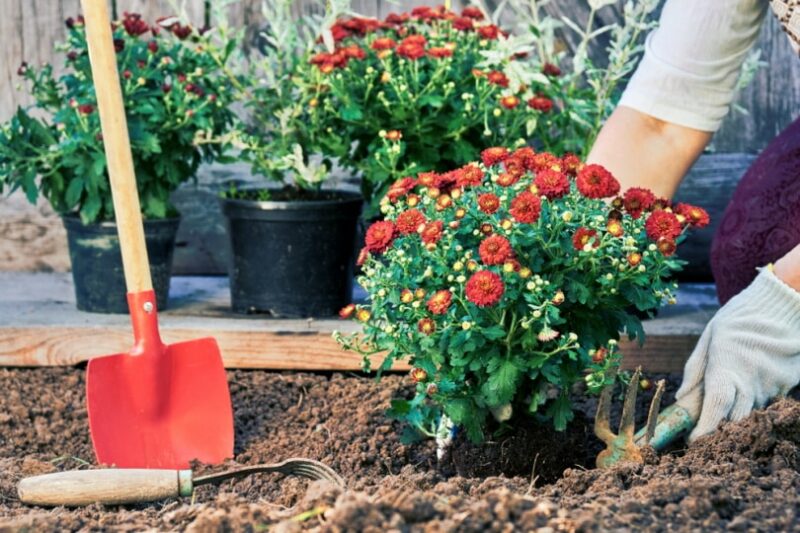
Wildflowers are beautiful plants that have many benefits. They are natural and native and can attract tons of beneficial pollinators. But wildflowers are a bit different from other plants. If you have experience planting fruits, vegetables, or regular flowers, you might get frustrated while trying to build a wildflower garden. Wildflowers have some quirks that need to be addressed before a garden will truly take off.
Here are 10 expert tips and tricks to help you grow a wildflower garden today.
The 10 Tips & Tricks on How to Grow a Wildflower Garden
1. Choose Local Flowers
One of the best ways to create an authentic wildflower garden is to choose flowers that are local to your area. You do not want to plant exotic flowers or plants that you cannot readily find nearby. Wildflowers should be able to be found in the wild, and local flowers are the absolute best way to achieve this.
Local flowers will also be best suited for your individual climate. Planting non-native flowers could create challenges for planting and maintenance. Local flowers will be best suited for the temperature, sunlight, and local pests compared to other wildflowers.
2. Prepare Garden Area in the Fall
It can be daunting to prepare a garden from scratch. Laying out the area, prepping the ground, tilling the soil, running the water, etc., can take hours of time. If you try to do all of the basic preparations during spring, you can find yourself getting frustrated or behind. The easiest thing to do is to break up the work into segments. Preparing the garden in the fall can save you a lot of time in the winter and spring.
Build your raised beds in the fall. Remove any lingering weeds. Break up the top layer of soil. Make sure you have a plan for sun and water. Lay out your beds and make a plan. Doing all of these things in the fall will make planting in the spring much, much easier.
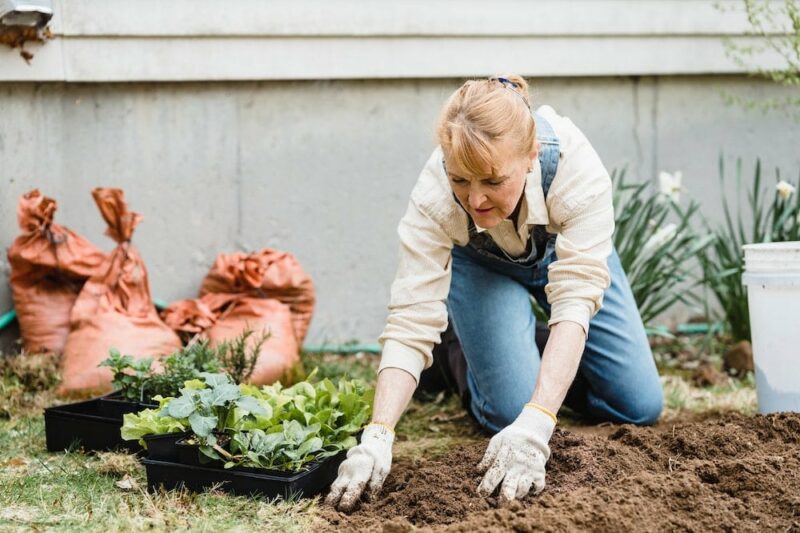
3. Plant in the Spring
Wildflowers will grow the best if they are planted in the spring. The exact planting time will depend on your exact location (See #4). Planting in the spring will give you the best chance at strong blooms. Most flowers bloom in late spring and can maintain beautiful color through early summer. Planting too late will cut your flower potential by quite a bit. Planting too early puts your flowers at risk of freezing and dying before they can thrive and bloom.
4. Identify Your Ideal Planting Time
The exact planting time will depend on your location. Locations farther north will have later planting times for spring flowers than southern locations. Southerners can potentially start planting as early as March, while some people up north might not be able to plant until April or even May.
The trick to planting flowers in the spring is to make sure that you are planting after the last freeze and preferably after the last frost. Planting before the last freeze can jeopardize your whole garden. That is why northern areas will have much later planting dates than southern areas. Your local extension office and almanacs can help you pinpoint when the likely last freeze could be in your location.
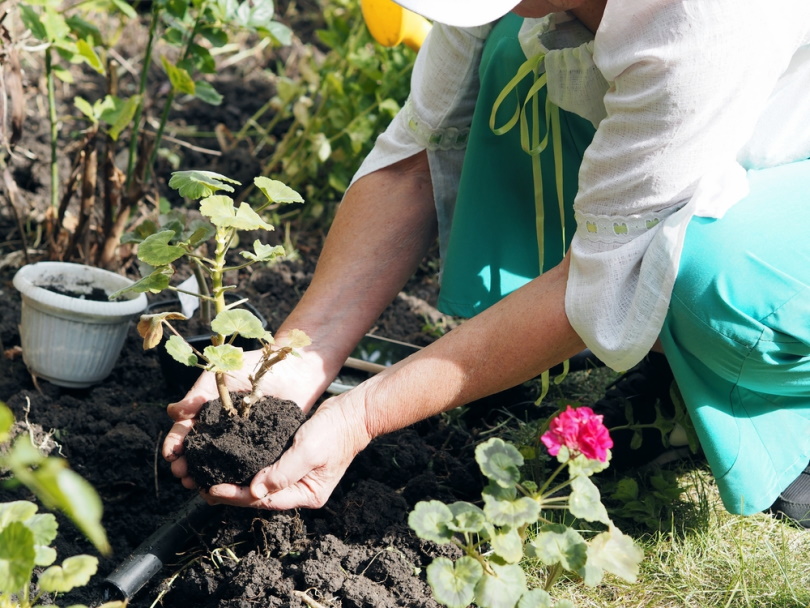
5. Use Individual Seeds, Not Variety Packs
Many garden centers advertise wildflower variety packs. They claim you can just sprinkle the seeds and watch as a varied spread of unique flowers appear and light up your garden. However, variety packs are not the best or most efficient way to get a perfect wildflower garden, even if they do sound fun and easy. The best way to garner appreciable results is to identify local flowers that you want to grow and then buy the seeds (or bulbs) individually. This will give you a much better success rate than variety packs.
6. Compress Your Soil
Before planting your seeds, you should compress your soil. For small gardens, you can do this by walking over the top layer with heavy shoes. For large areas, you might want to buy or rent a soil compressor that can be pushed by hand or dragged by a riding lawn mower. Wildflowers love compressed soil and doing this will help your new flowers thrive. Wildflowers are different from things like fruits and vegetables that like rows or raised beds.
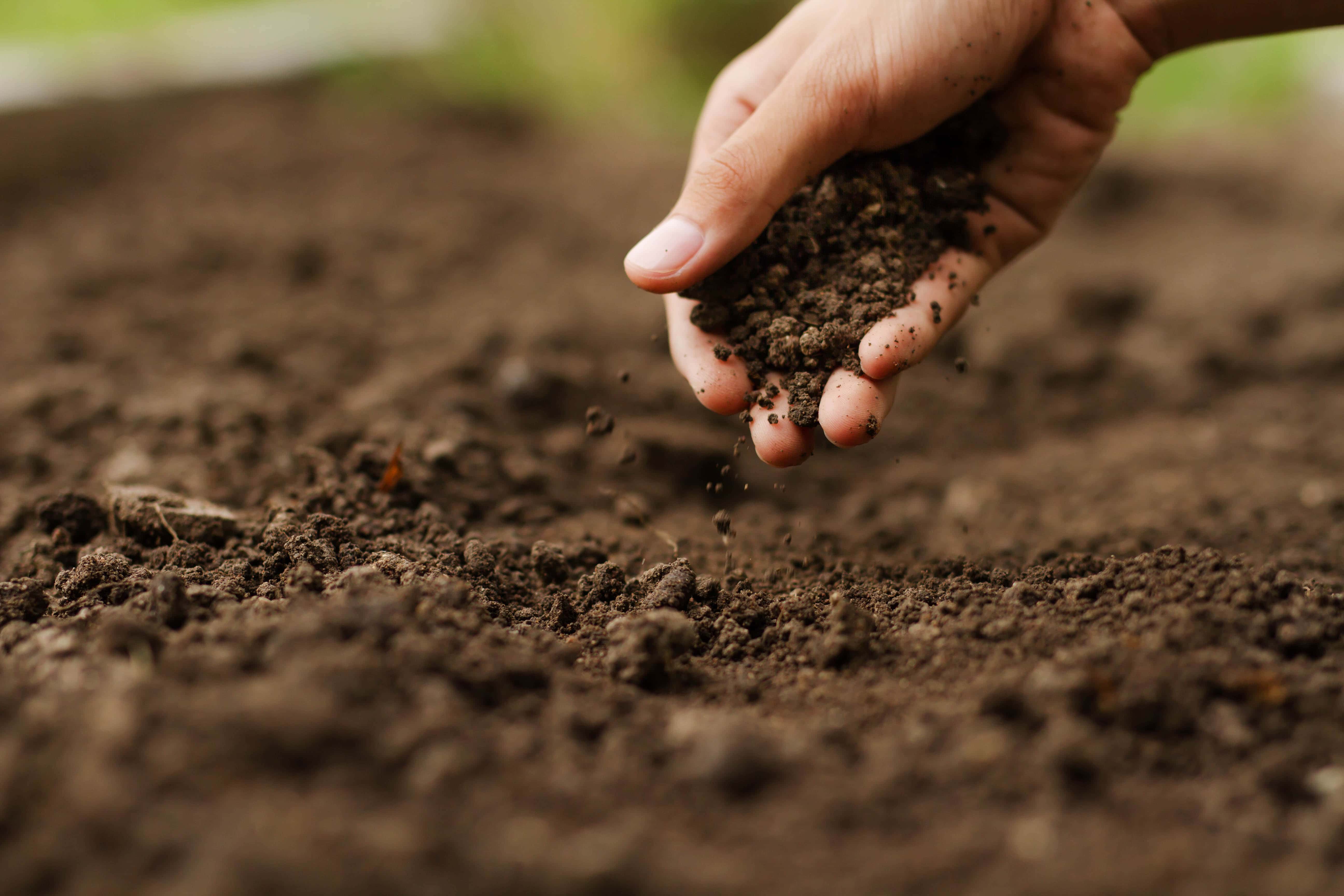
7. Leave Your Seeds Uncovered
Some people have the urge to bury their wildflower seeds like you would a bean seed. However, wildflower seeds do not need to be buried. You can sprinkle and spread the seeds out on top of your compressed soil, water them, and then leave them. Many wildflower seeds need sunlight to get moving and burying them will deprive them of the light they need to sprout. It might look weird to leave flower seeds uncovered on top of the soil, but that is exactly how wildflowers like to sprout and take root. Some people worry the seeds will get scorched or eaten by wild animals, but that is rarely the case.
8. Keep the Weeds Under Control
Weeds and wildflowers are very similar to one another. That means that native weeds will be looking to take the same water, sun, and nutrients as your wildflowers. Wildflowers are not the hardiest of plants, and they do not have deep roots. That makes them susceptible to weed incursion. You need to keep the weeds out of your garden to ensure that your wildflowers have room to grow, the nutrients to thrive, and little invasive competition to hinder their growth. Voracious weeds can quickly tank a young wildflower garden if you are not careful.

9. Make Sure Your Garden Gets Full Sun
Wildflowers love the sun, so it is important that your garden location receives full sunlight. Full sun means that the garden gets a minimum of six hours of direct light per day, with the optimal amount being eight hours per day. Too little sunlight will cause your flowers to produce fewer blooms and less vibrant buds. Weaker plants will wither and fade without proper sunlight. Avoid shady areas near or under trees and be aware of long shadows cast by things like houses, garages, and other nearby structures.
10. Make Sure Your Garden Gets Plenty of Water
Lastly, make sure that your wildflowers are adequately watered. In summer, natural rain might be enough to keep the garden going. But you need to water your garden during dry spells. Wildflowers need rain or watering every 2 days at a minimum. Since wildflowers have shallow roots, they are susceptible to drying out and getting too hot during the summer. Wildflowers that dry out will brown and lose their flowers.
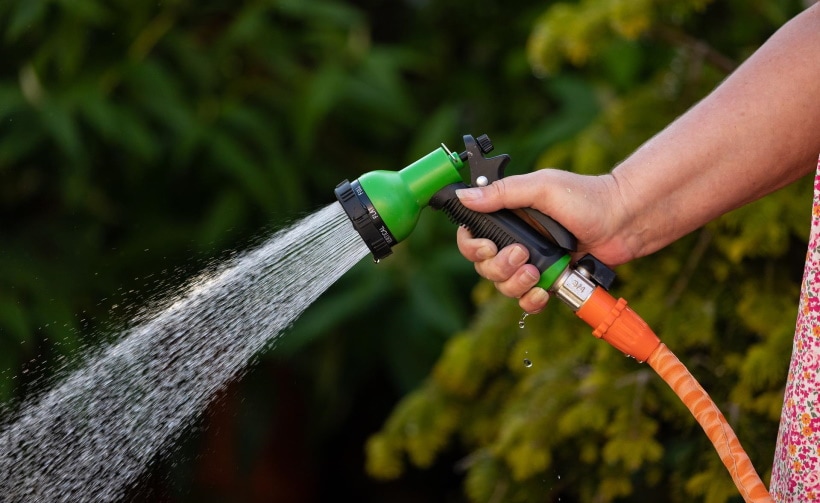
Conclusion
Wildflowers are a great way to create a colorful and native garden for your home. Wildflowers are a little different from other plants. They like compact soil, sprout from uncovered seeds, and are especially vulnerable to local weeds. These tips will help you cultivate the wildflower garden of your dreams with beautiful buds and blooms you can enjoy during the warmest months.
Featured Image Credit: Georgy Dzyura, Shutterstock
Contents



